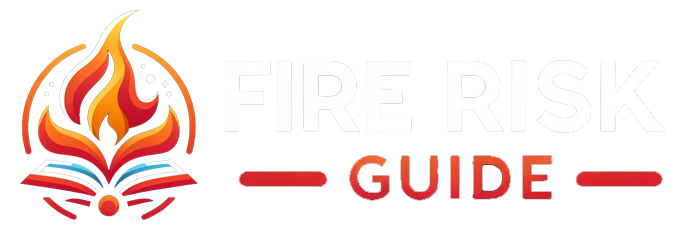Electric Fire Safety: Protecting Your Home and Family
Electric fires, also known as wall-mounted fires, have become increasingly popular in modern homes. These sleek and stylish heating solutions provide a striking focal point in any room while also delivering a comforting source of warmth. However, just like any other heating appliance, electric fires pose potential safety risks if not used and maintained properly. Therefore, it is crucial for homeowners to prioritize fire safety when incorporating electric fires into their living spaces.
In recent years, there has been an alarming increase in the number of home fires caused by heating equipment, including electric fires. According to the National Fire Protection Association (NFPA), heating equipment is the second leading cause of home fires in the United States, resulting in hundreds of deaths and thousands of injuries each year. With this in mind, it is essential for homeowners to understand the potential hazards associated with electric fires and take proactive measures to minimize the risks.
The first step in ensuring electric fire safety is selecting a high-quality, reputable product. When shopping for an electric fire, look for models that have been tested and certified by recognized safety organizations, such as Underwriters Laboratories (UL) or the British Electrotechnical Approvals Board (BEAB). These certifications indicate that the product has undergone rigorous testing for safety and performance, giving homeowners peace of mind that they are investing in a reliable and secure heating solution.
Once the electric fire is installed, it is important to follow the manufacturer’s instructions for proper use and maintenance. This includes regularly inspecting the power cord and plug for any signs of damage, ensuring that the unit is securely mounted to the wall, and keeping flammable materials such as curtains, furniture, and clothing away from the heating element. Additionally, it is crucial to never use extension cords with electric fires, as this can increase the risk of overheating and fire hazard.
In the event of a power outage or electrical malfunction, it is vital to have a backup plan for alternative heating sources. Keeping a supply of blankets, portable heaters, or even a generator on hand can ensure that you and your family stay warm and safe during unexpected emergencies. It is also advisable to have a working smoke detector and fire extinguisher in close proximity to the electric fire, providing an additional layer of protection in the event of a fire.
Regular maintenance and cleaning are fundamental aspects of electric fire safety. Dust and debris can accumulate on the heating elements and inside the unit, increasing the risk of overheating and fire. As such, it is recommended to clean the electric fire regularly, following the manufacturer’s guidelines. This typically involves unplugging the unit, allowing it to cool, and using a soft brush or vacuum to remove any accumulated dust and dirt. Additionally, it is essential to have the electric fire inspected by a qualified technician at least once a year to ensure that all components are in proper working order.
In the event of a fire, whether caused by an electric fire or any other source, it is critical to have a well-rehearsed fire escape plan in place. This plan should include identifying multiple exit routes from each room, designating a meeting point outside the home, and practicing the plan with all members of the household. Furthermore, it is important to ensure that all windows and doors are easily accessible and can be opened from the inside, allowing for a quick and safe exit in the event of an emergency.
In conclusion, while electric fires offer a convenient and attractive heating solution for modern homes, they also present potential safety hazards that must be addressed. By prioritizing fire safety and taking proactive measures to minimize risks, homeowners can enjoy the comfort and warmth of an electric fire with the peace of mind that their home and family are protected. Remember, when it comes to fire safety, being prepared and proactive can make all the difference.

Leave a Reply